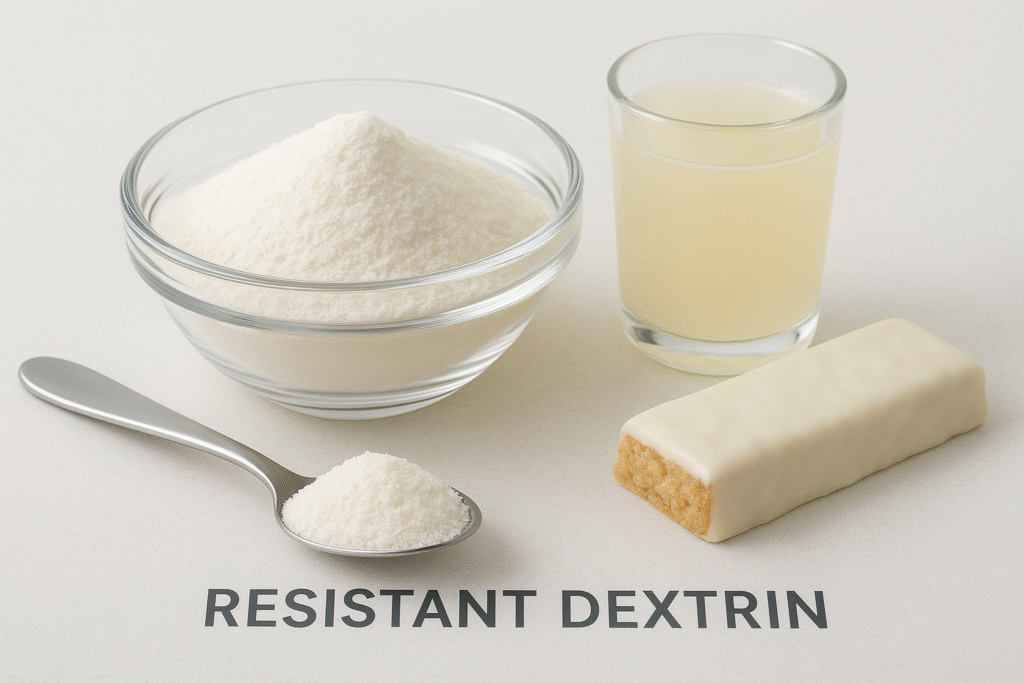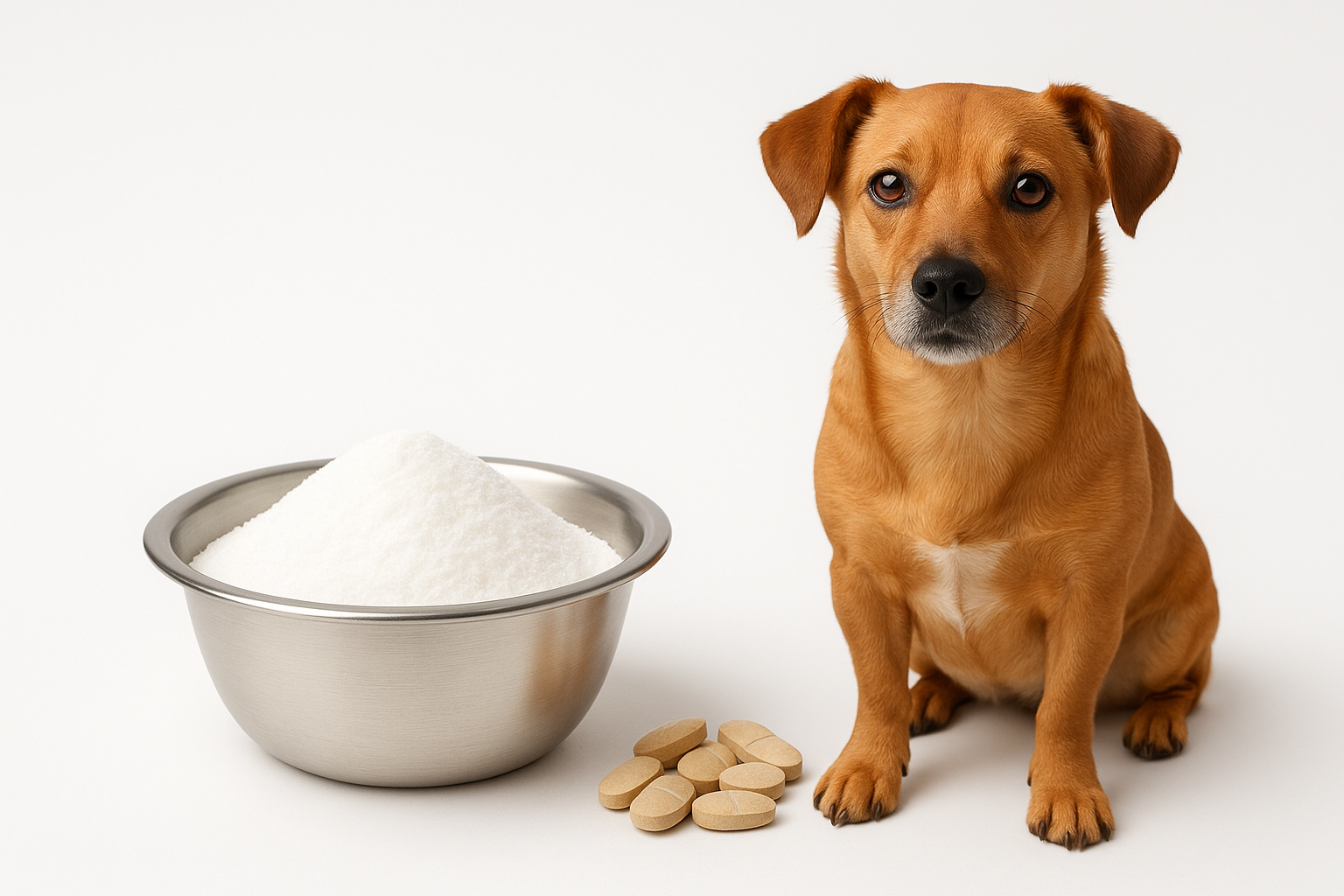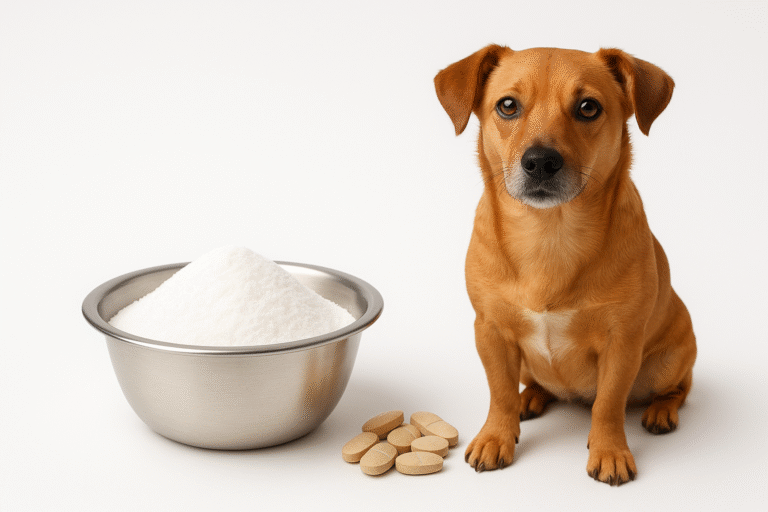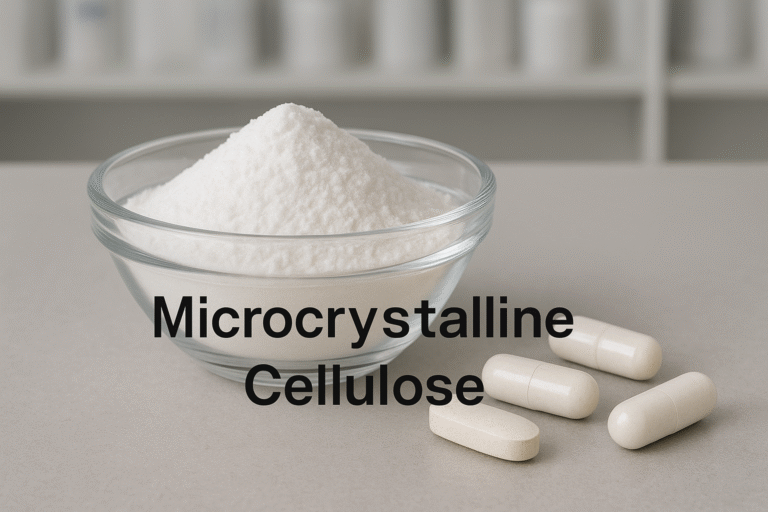
Many food brands today are trying to meet growing consumer demand for healthy and functional products. Yet, one major challenge they face is creating foods that are not only nutritious but also taste good and have stable texture. Traditional fibers often create issues like bitterness, poor solubility, or changes in product structure — making it hard for manufacturers to meet both taste and nutrition goals.
This is where Resistant Dextrin comes in. It is a soluble dietary fiber that helps food formulators solve these problems. It offers clear appearance, mild sweetness, and excellent stability, while also supporting gut health and blood sugar balance.
As consumers become more aware of digestive health and clean-label ingredients, resistant dextrin has become an essential tool for functional food developers. It helps create high-quality, stable, and healthy products that appeal to modern consumers.
Resistant dextrin is a soluble dietary fiber made from starch through controlled enzymatic hydrolysis. It resists digestion in the small intestine and reaches the colon, where it functions as a prebiotic, supporting beneficial gut bacteria. This makes it valuable for digestive health, glycemic control, and weight management.
Its neutral taste, high solubility, and low viscosity allow easy application in beverages, baked goods, and nutritional supplements without affecting flavor or texture. Compared with traditional fibers, resistant dextrin offers better processing stability, longer shelf life, and a more pleasant mouthfeel.
In modern functional foods, resistant dextrin is used not just as a fiber supplement, but also as a tool to enhance formulation flexibility and meet consumer expectations for clean, healthy, and functional nutrition.
As more consumers look for food that supports wellness without sacrificing taste, resistant dextrin has become a trusted ingredient among manufacturers. But what exactly makes it so functional in modern product design? Let’s explore the science, applications, and manufacturing insights that explain its value.
Table of Contents
- What is Resistant Dextrin and How Is It Made?
- Why Is Resistant Dextrin Popular in Functional Food Formulation?
- How Does Resistant Dextrin Support Gut Health and Metabolism?
- What Are the Key Technical Benefits for Food Manufacturers?
- How to Select High-Quality Resistant Dextrin for Production?
- What Future Trends Are Shaping Resistant Dextrin Applications?
1. What is Resistant Dextrin and How Is It Made?
Resistant dextrin is produced by heating and enzymatically processing starch under controlled conditions. This process changes its molecular structure so it resists digestion in the small intestine. Unlike ordinary starch, which breaks down into glucose, resistant dextrin passes into the large intestine, where it becomes a food source for beneficial bacteria.
Resistant dextrin is a functional dietary fiber made by modifying starch. It resists digestion, promotes gut health, and improves food texture and stability.
Step-by-step process overview
| Step | Description | Purpose |
|---|---|---|
| 1 | Starch selection | Choose high-quality, non-GMO starch sources |
| 2 | Controlled heating | Break down long starch chains |
| 3 | Enzymatic hydrolysis | Restructure molecules into resistant chains |
| 4 | Purification | Remove impurities and stabilize composition |
This process gives resistant dextrin its unique solubility and stability. It blends easily into liquids and remains clear even after heat treatment.
- Resistant dextrin provides dietary fiber benefits without changing product taste or texture.
- Besty Pharma applies GMP-certified production methods to ensure consistent purity and quality.
2. Why Is Resistant Dextrin Popular in Functional Food Formulation?
Functional foods are designed to deliver health benefits beyond basic nutrition. Resistant dextrin fits perfectly into this trend because it can be used in drinks, baked goods, protein shakes, and more.
Resistant dextrin is popular because it improves fiber content, stability, and mouthfeel without altering taste.
Advantages in formulation
| Property | Benefit for manufacturers |
|---|---|
| High solubility | Easy blending in liquids |
| Neutral taste | No effect on flavor |
| Thermal stability | Withstands pasteurization and baking |
| Low viscosity | Smooth texture and easy processing |
These characteristics make resistant dextrin ideal for next-generation functional foods that balance sensory quality and nutrition.
- Resistant dextrin supports product innovation by enhancing formulation flexibility.
- Besty Pharma’s advanced processing ensures fiber stability in diverse food systems.
3. How Does Resistant Dextrin Support Gut Health and Metabolism?
Gut health is a growing focus in modern nutrition. Resistant dextrin serves as a prebiotic, stimulating beneficial bacteria and improving digestive balance.
Resistant dextrin promotes growth of good gut bacteria, supports digestive comfort, and helps regulate blood sugar levels.
Key benefits for health
| Function | Impact |
|---|---|
| Prebiotic effect | Feeds beneficial bacteria like Bifidobacteria |
| Blood sugar control | Slows glucose absorption |
| Weight management | Increases satiety and reduces calorie intake |
Scientific studies have shown that consistent intake of resistant dextrin can improve gut flora composition and overall digestive wellness.
- Resistant dextrin contributes to better intestinal balance and metabolic health.
- Besty Pharma provides high-purity resistant dextrin tested for functional fiber performance.
4. What Are the Key Technical Benefits for Food Manufacturers?
From a manufacturing point of view, resistant dextrin offers clear operational advantages. It can replace part of the sugar or filler in formulas, improve binding, and extend shelf life.
Resistant dextrin improves product structure, reduces moisture migration, and maintains uniform texture during storage.
Manufacturing advantages
| Parameter | Effect |
|---|---|
| Low hygroscopicity | Prevents clumping and stickiness |
| Film-forming ability | Enhances coating and binding |
| Compatibility | Works well with proteins and minerals |
These properties make resistant dextrin not only a nutritional additive but also a technical enhancer for product performance.
- Resistant dextrin improves process efficiency and product uniformity.
- Besty Pharma’s controlled production ensures consistency across every batch.
5. How to Select High-Quality Resistant Dextrin for Production?
Not all resistant dextrin products are equal. Purity, source, and certification affect performance in food systems.
Select resistant dextrin that meets GMP, ISO, and HALAL standards and has stable solubility and taste.
Quality selection checklist
| Factor | Why It Matters |
|---|---|
| Purity level | Ensures consistent fiber function |
| Certification | Meets market and cultural standards |
| Particle size | Affects dispersion and clarity |
| Color and odor | Reflect manufacturing quality |
Always request technical documentation and sample testing before large-scale purchase.
- Certified resistant dextrin supports global compliance and brand reputation.
- Besty Pharma provides full technical support and sample evaluation for OEM/ODM clients.
6. What Future Trends Are Shaping Resistant Dextrin Applications?
The next stage of functional food innovation focuses on personalization and clean labeling. Resistant dextrin will play an important role in these trends.
Future applications of resistant dextrin include low-sugar drinks, gut-health snacks, and plant-based nutrition products.
Market direction overview
| Trend | How Resistant Dextrin Fits |
|---|---|
| Sugar reduction | Natural replacement for part of sugar |
| Gut health focus | Proven prebiotic function |
| Plant-based diets | Derived from starch, suitable for vegan use |
| Clean label movement | Non-GMO, allergen-free, simple ingredient listing |
Resistant dextrin will continue to support the shift toward balanced, functional, and transparent nutrition.
- Resistant dextrin aligns with future consumer demand for natural and evidence-based ingredients.
- Besty Pharma invests in R&D to keep improving ingredient quality and functionality.
Resistant dextrin is more than just a fiber—it is a smart ingredient that supports digestive health, improves formulation performance, and meets the evolving needs of functional food consumers. With its excellent solubility, mild taste, and strong stability, it helps manufacturers create better, cleaner, and more functional products.
As the functional food market continues to grow, resistant dextrin will remain a key ingredient for health-focused brands worldwide. Its balance of nutritional value and processing performance makes it indispensable in modern formulation design.
At Besty Pharma, every batch of resistant dextrin is produced under strict GMP standards and supported by ISO, HALAL, and KOSHER certifications. With advanced R&D capability, full technical support, and reliable global delivery, Besty Pharma helps partners develop high-quality functional food ingredients that meet both health and performance goals.
Let Besty Pharma be your trusted manufacturer and innovation partner in creating better nutrition for a healthier world.




